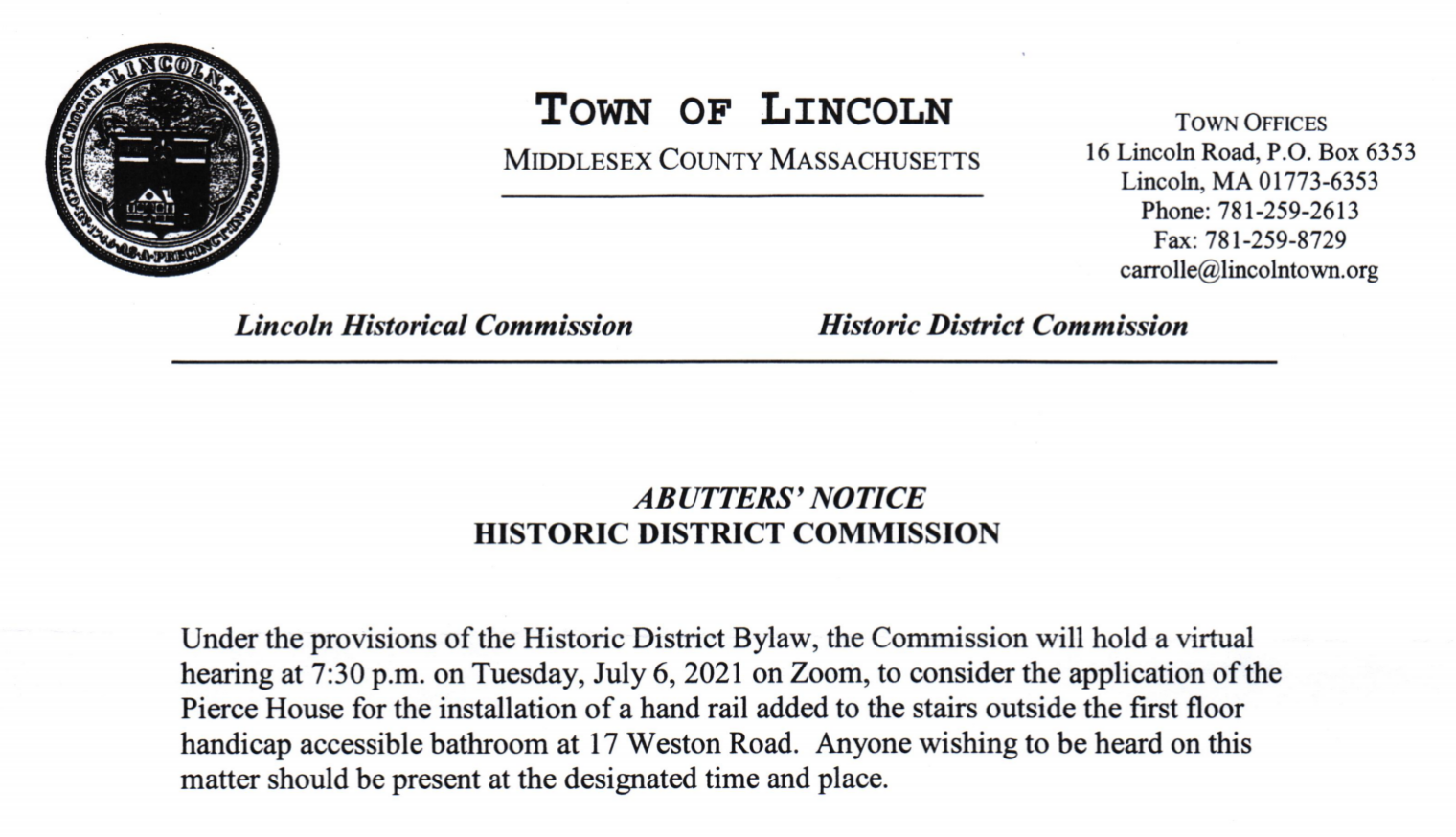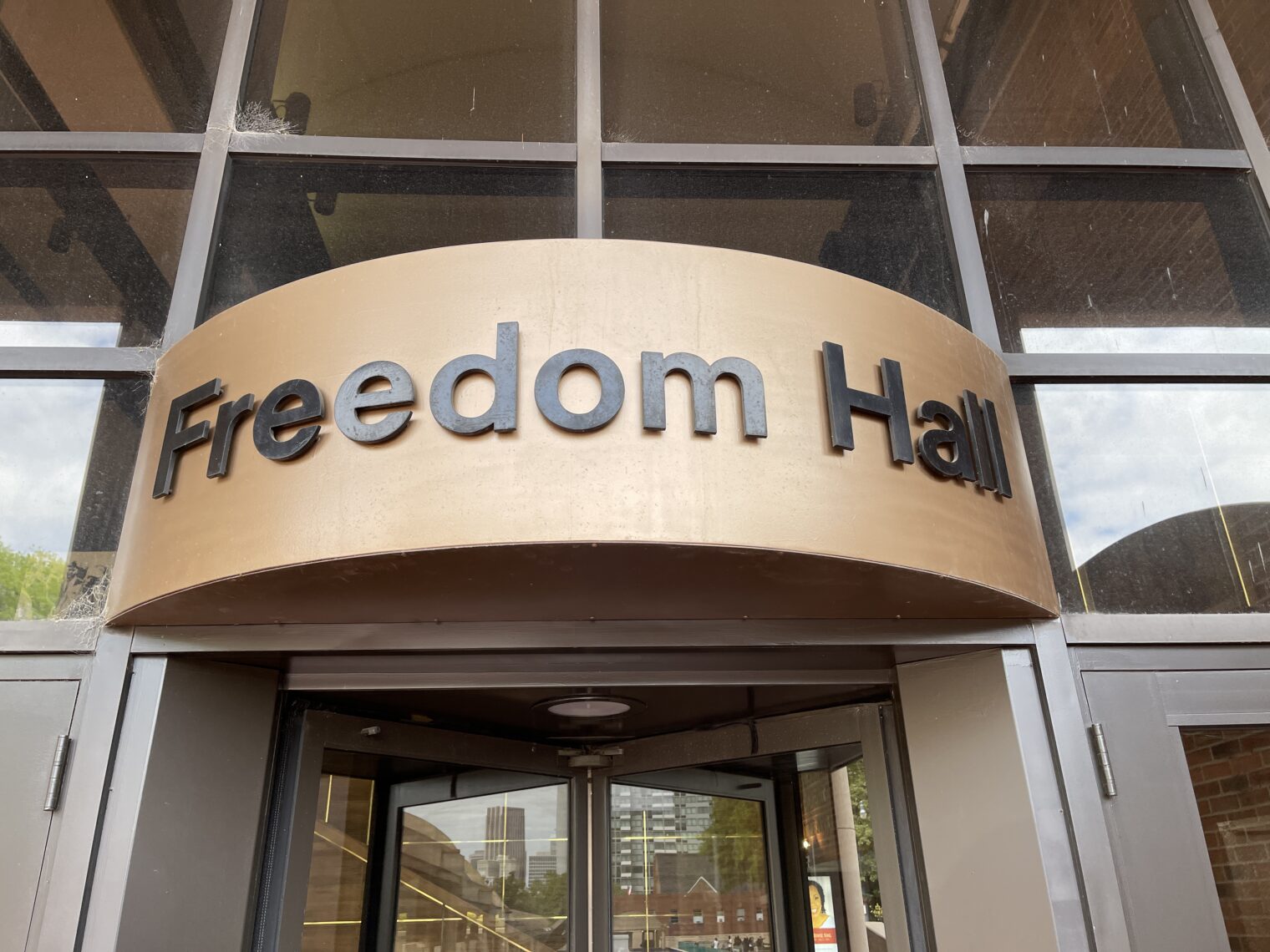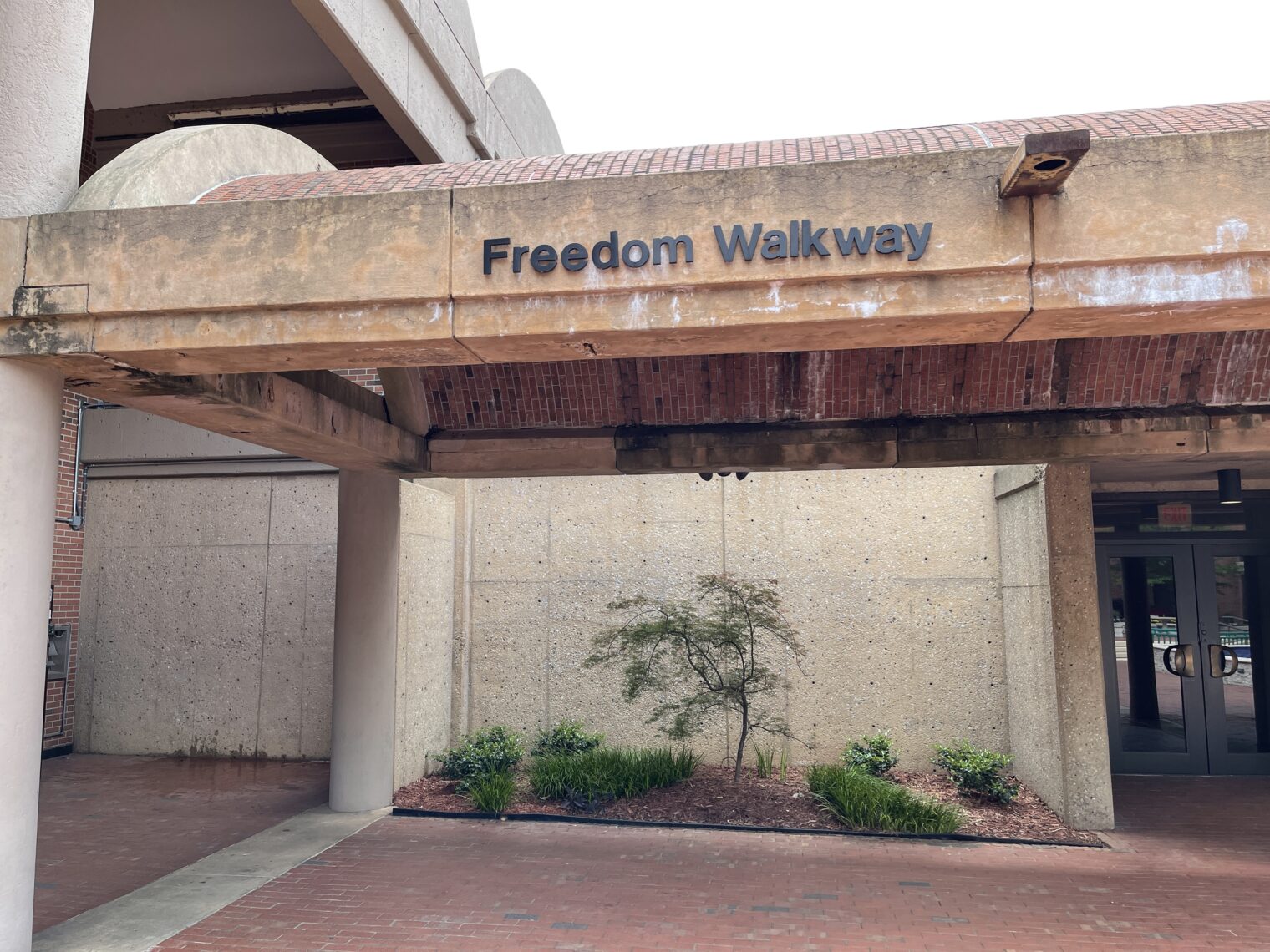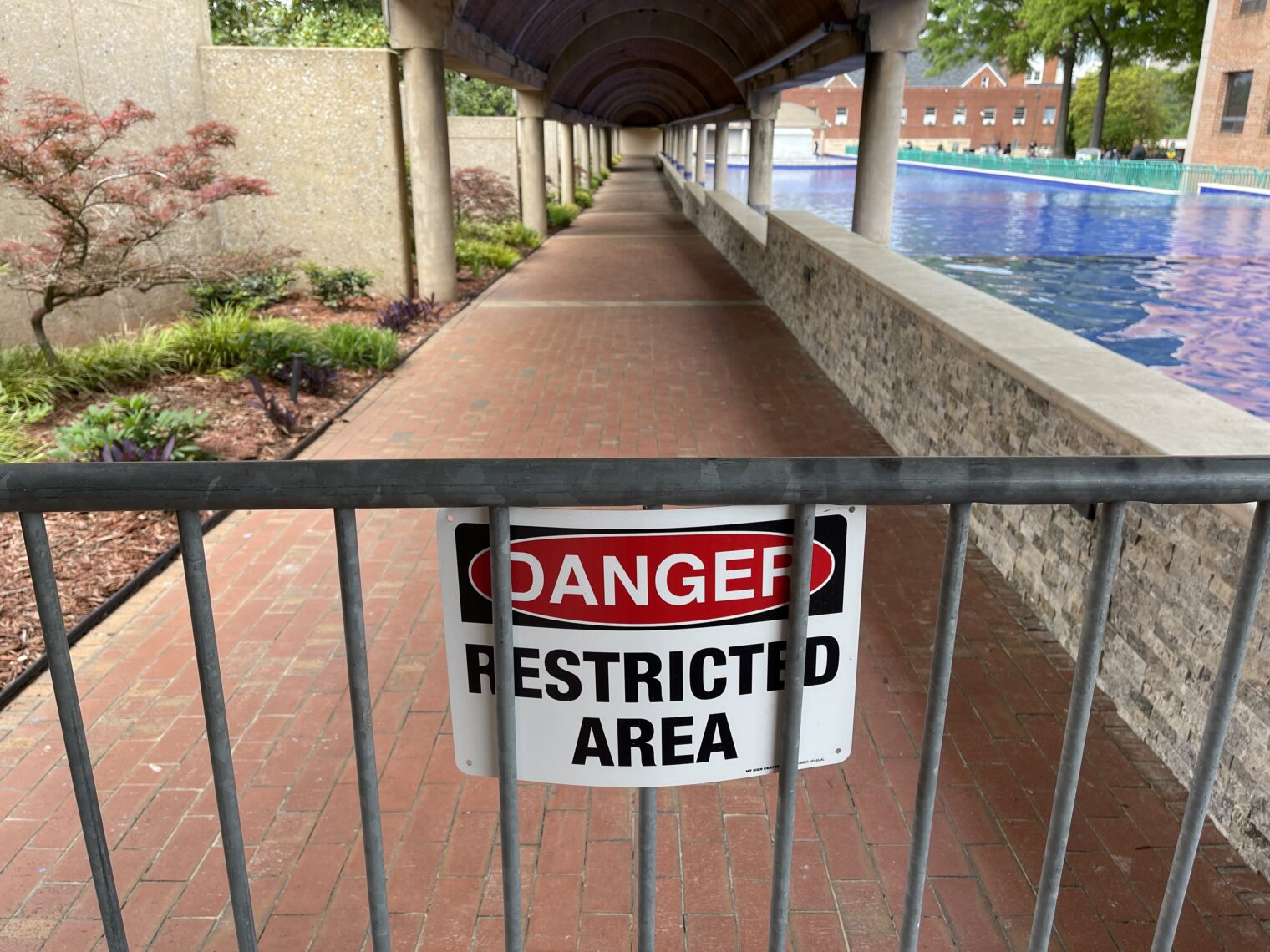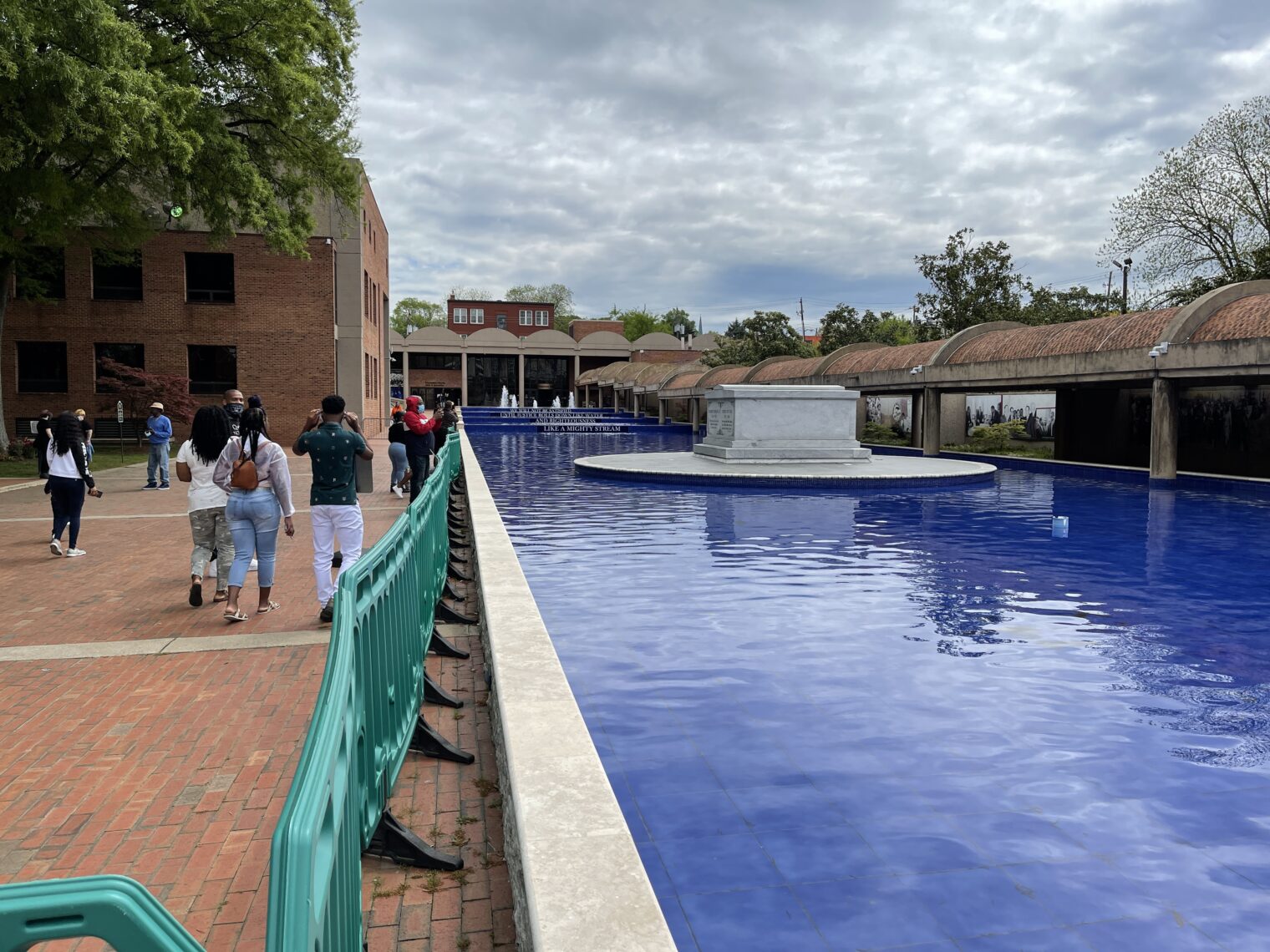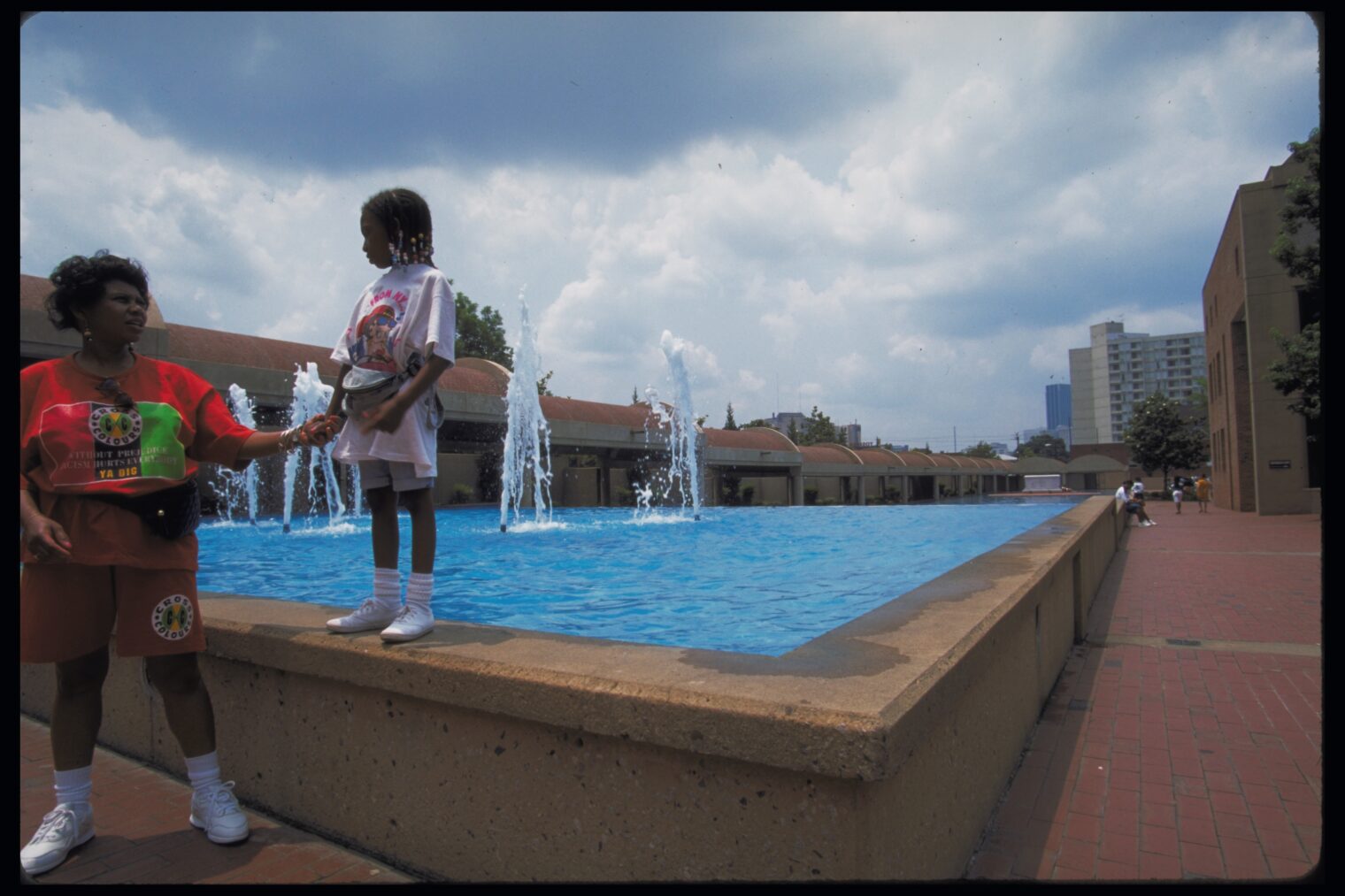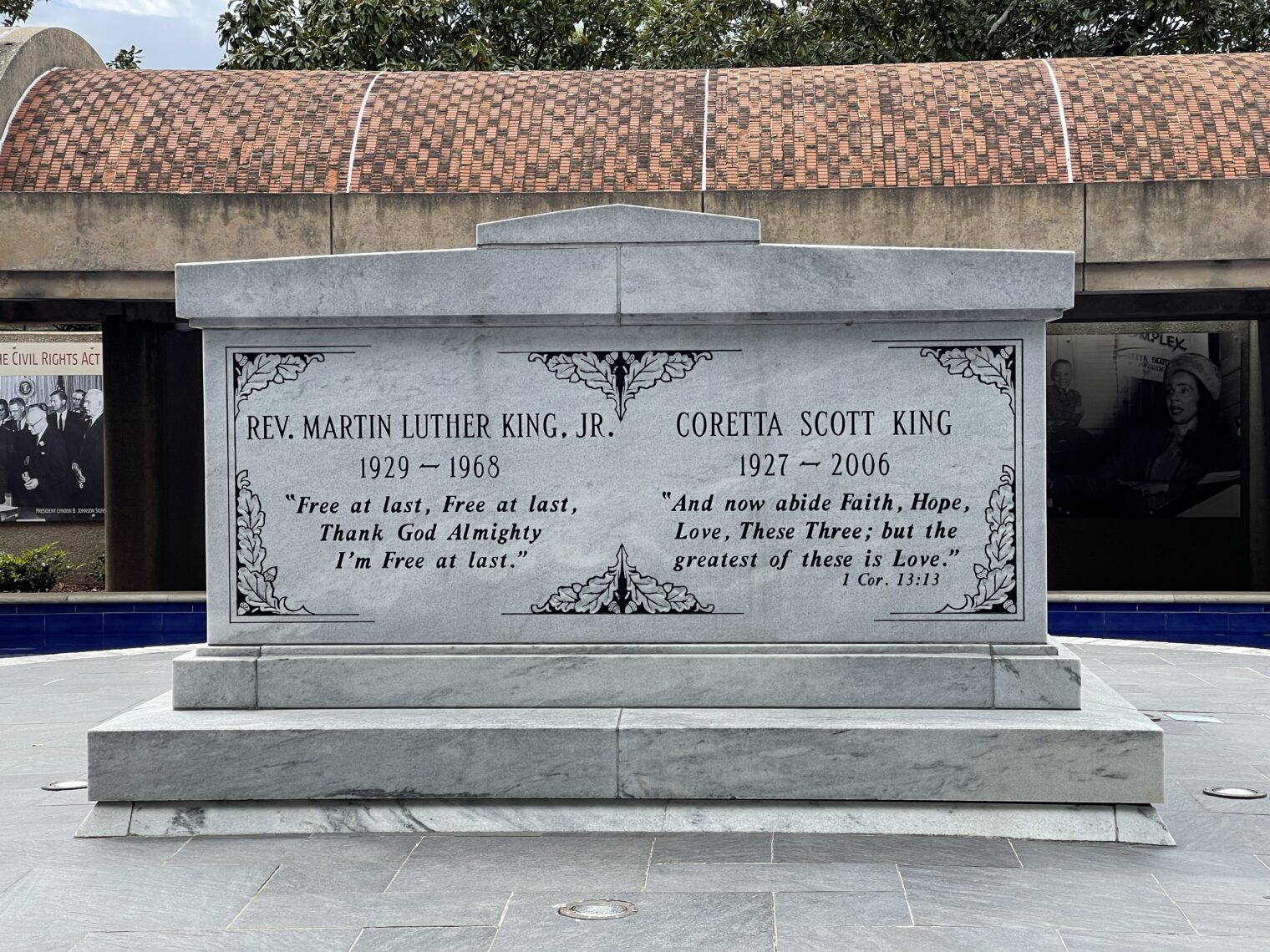Did American love of process doom Champlain Towers South?
Owners at Champlain Towers South were told in 2018 that their building needed structural repairs, but the repairs weren’t scheduled to begin until later this year, i.e., a three-year interval. That’s enough time for the Chinese to build an entire city. I’m wondering if our love of process, which sometimes results in more durable structures, is a double-edged sword. If a structure is discovered not to be durable, a multi-year process before repairs can begin results in multiple years of vulnerability.
How much do we love process? Here’s a recent letter regarding what would have been an in-person meeting tonight. There will be deliberate consideration regarding the installation of a hand rail outside a bathroom:
(On Zoom, of course, because Coronapanic continues.)
Related:
- “Miami-Area Condo Owners Pushed Town for Construction Approvals Days Before Collapse” (WSJ): ‘This is holding us up,’ the Champlain Towers South property manager emailed Surfside officials; town manager said no indication of need for emergency action
- “Ten Thousand Commandments 2021” (CEI): “An Annual Snapshot of the Federal Regulatory State … Regulatory costs of $1.9 trillion amount to 9 percent of U.S. gross domestic product… If it were a country, U.S. regulation would be the world’s eighth-largest economy.. If one assumed that all costs of federal regulation flowed all the way down to households, U.S. households would “pay” $14,368 annually on average in a regulatory hidden tax.”
